Talk Overview
This lecture describes various methods of generating contrast in biological specimens using transmitted light (i.e. without staining or fluorescence). Principles of dark field, phase contrast, polarization and differential interference contrast (DIC) microscopy are described and examples of how these techniques are used for imaging are described.
Questions
- Phase contrast and differential interference contrast microscopy generate contrast based upon:
- Light absorbance of molecules in the specimen
- Refractive index differences in the specimen
- A shift in wavelength between the illuminating and scattered light
- Modulating the frequency of the emitted light
- True or False. Light will travel slower in an organelle, such as a mitochondria, with a refractive index of ~1.5 than the cytoplasm with a refractive index of ~1.35
- In the above example, if the mitochondria is 0.5 microns thick and the specimen is illuminated with 500 nm light, what is the phase shift (in nm) between a light wave traveling through the organelle and another light wave traveling through the cytoplasm.
- Which of the following statements is false about dark field microscopy?
- Poorer depth of field than phase contrast microscopy
- Is generally a lower resolution technique than phase microscopy
- Is a higher sensitivity technique than phase microscopy for detecting scattered light from small objects
- Requires that the N.A. of the objective is higher than the NA of the condenser
- Which of the following statement is false about Phase Microscopy?
- The phase ring retards or advances the phase of the illuminating light relative to the scattered light by half of a wavelength
- The phase ring reduces the intensity of the illuminating light
- Phase rings are built into the objective lens
- Phase microscopy requires a matching annulus in the condenser turret.
- Which of the following statements is true for Polarization Microscopy?
- The polarizer and analyzer are oriented so that they have directions of transmission that are parallel to one another.
- Plane polarized light can split in two different propagating waves that travel with different speeds through a birefringement material.
- The compensator is usually placed after the analyzer and before the eyepiece/camera.
- A compensator makes all parts of the specimen brighter than the background.
- True or False. Differential interference contrast microscope consists of a polarizer and analyzer and a single DIC prism located above the objective.
- Match the statements below to one of these microscopy techniques
- Dark field microscopy
- Phase contrast microscopy
- Polarization microscopy
- Differential interference contrast microscope
i) Which technique can produce halos as an artifact?
ii) Which technique tends to produce a shadow effect across edges (dark on one side and bright on the other)?
iii) Which technique splits the incoming light into two orthogonal polarized beams that act as an interferometer to interrogate refractive index differences in the specimen.
iv) Which technique produces the best optical sectioning?
Answers
View AnswersSpeaker Bio
Ted Salmon
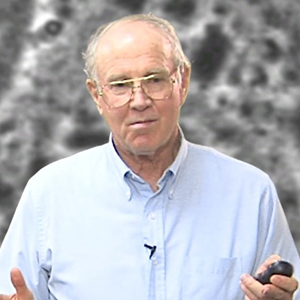
Ted Salmon is a Distinguished Professor in the Biology Department at the University of North Carolina. His lab has pioneered techniques in video and digital imaging to study the assembly of spindle microtubules and the segregation of chromosomes during mitosis. Continue Reading
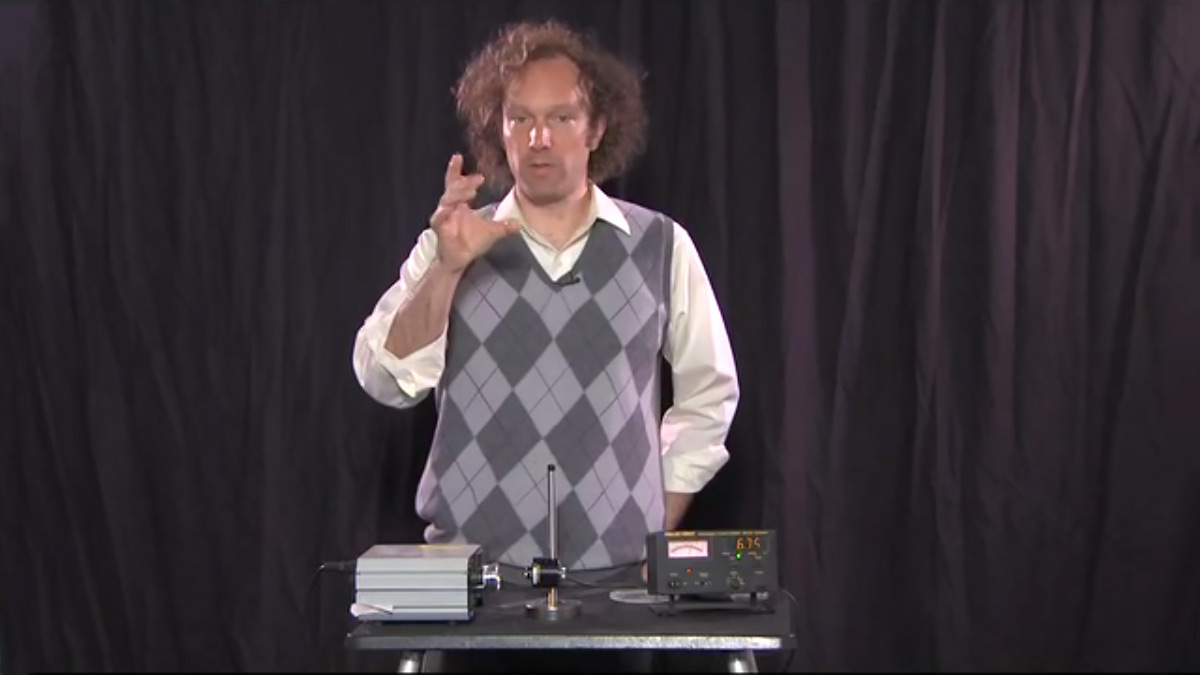

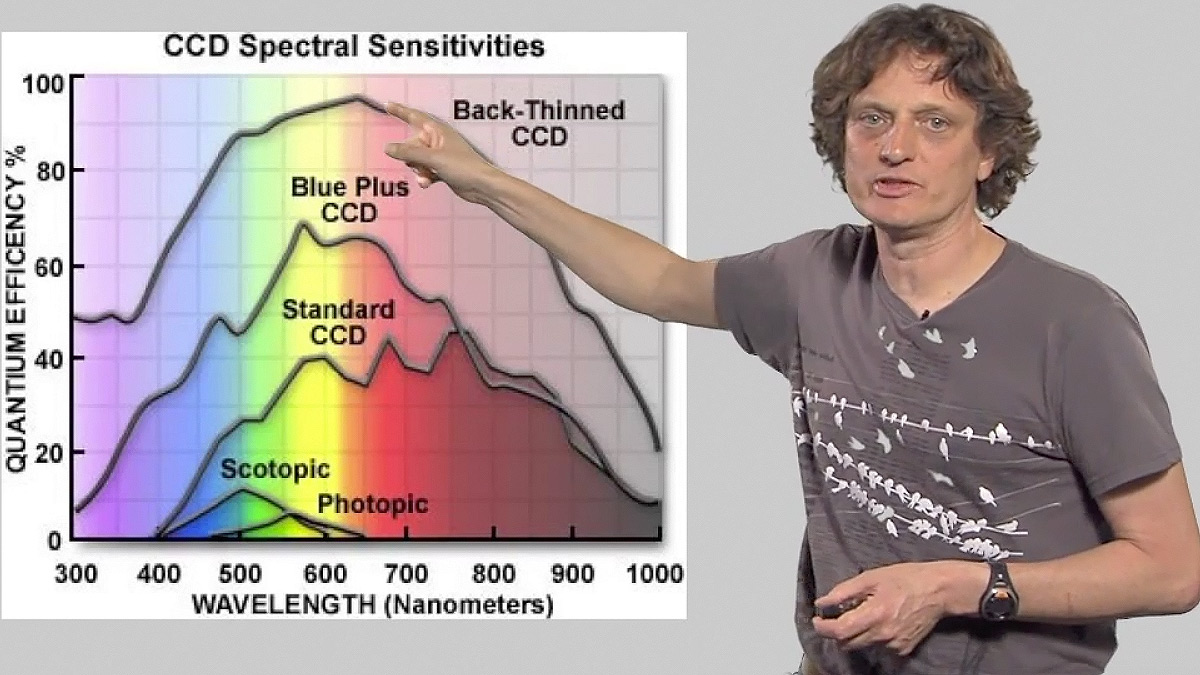
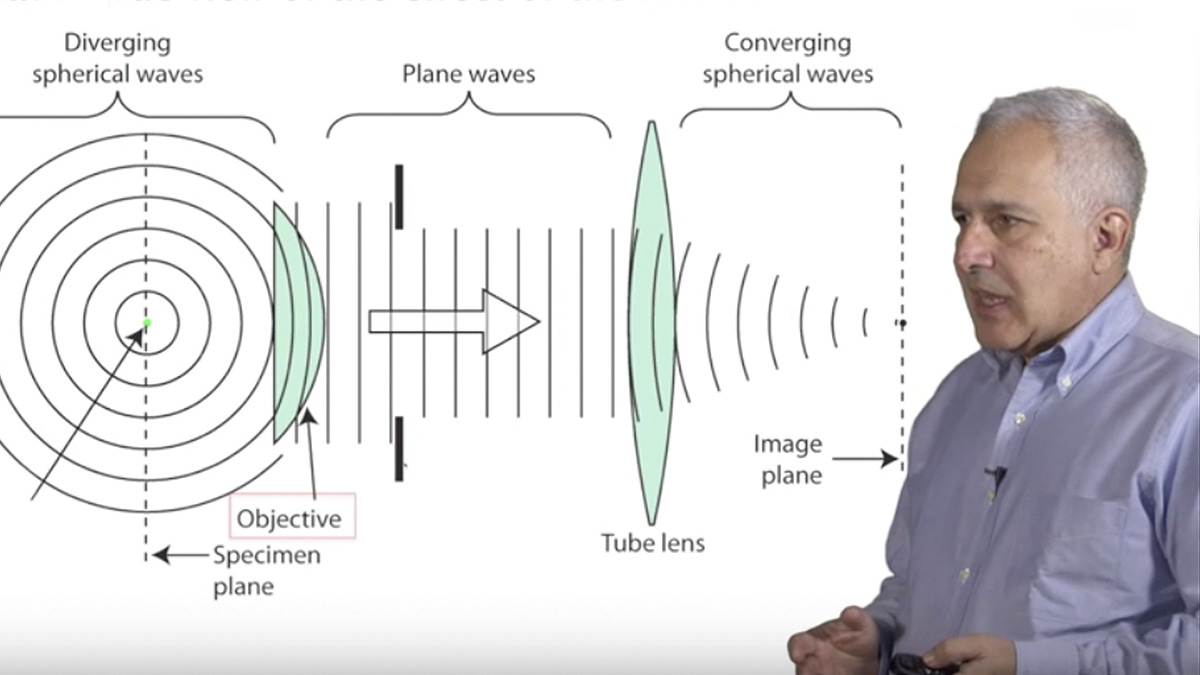


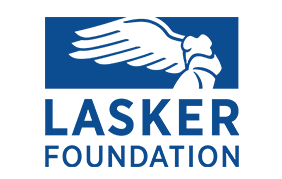

Leave a Reply